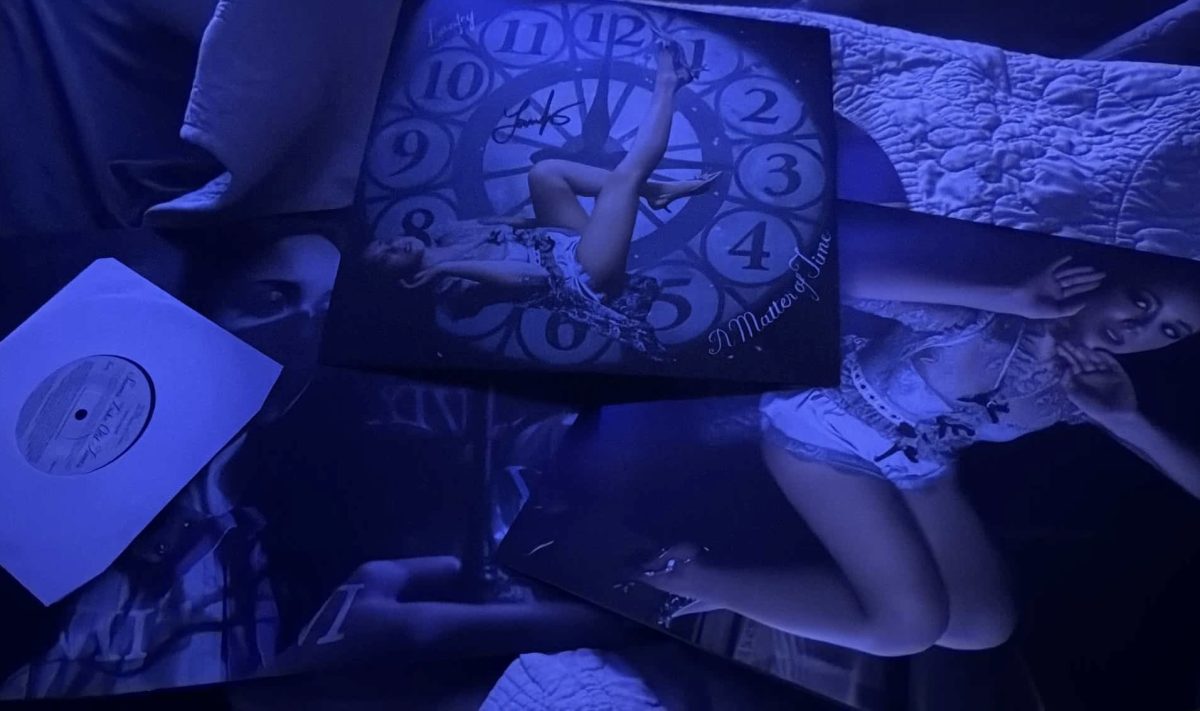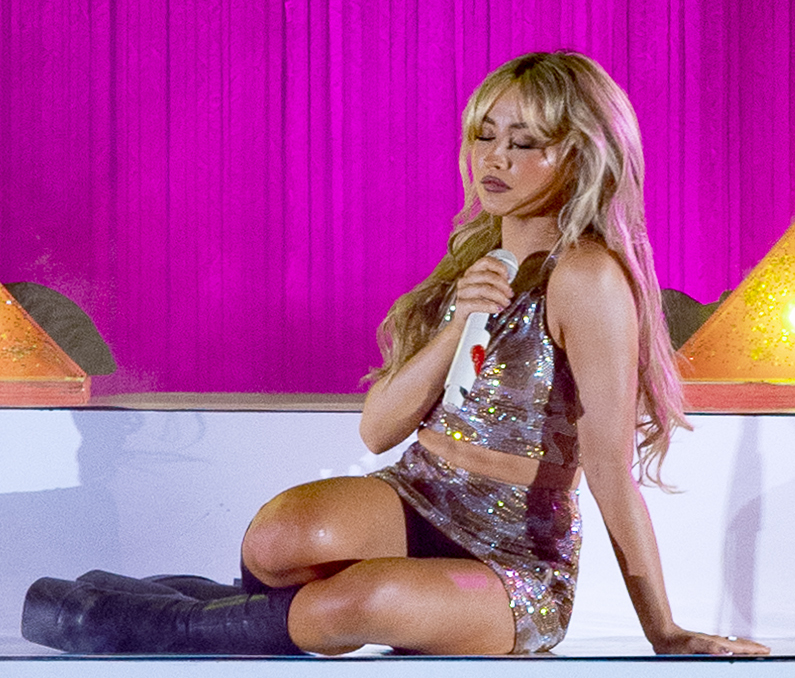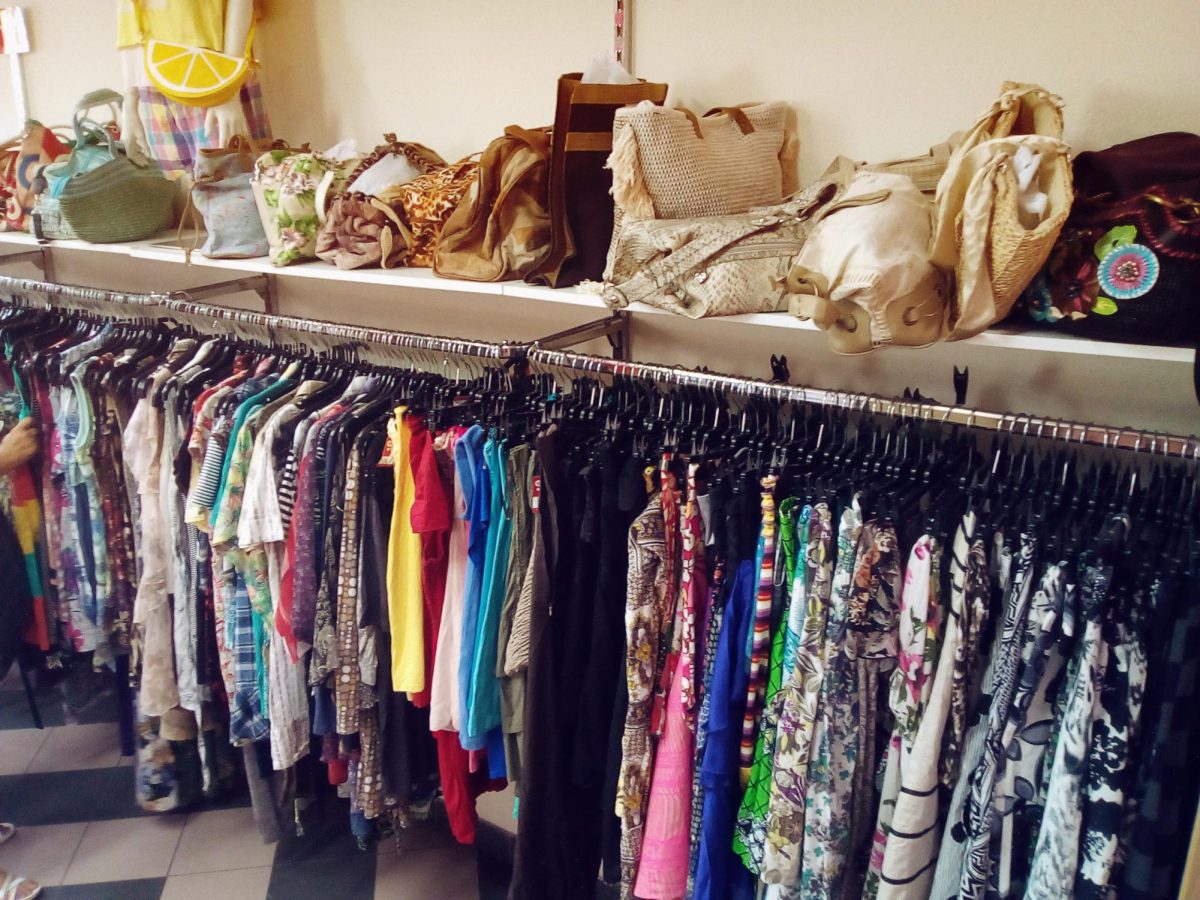When one looks at his photographs, it is clear how close Hinton was with all of the musicians he took photos of; these prints depict intimate discussions that resemble family photographs.
“I always tried to captured something different,” Hinton wrote about capturing his subjects’ raw moments. “I’d sneak up on people and shoot them when they were off guard.” Hinton photographed his life, his friends in recording studios, nightclubs, bus terminals, diners and living rooms.
“These guys were my friends, and I wanted pictures of them so one day we could all look back and remember the times we’d shared when we were young,” the musician wrote.
“I wanted future generations to be able to see some of the best representative of the different eras of jazz all mingling together.”
Hinton’s work at Baruch was highlighted during a public tour of the college’s art collection. Jeff Priess, a filmmaker here in New York City, came on the first tour of the art collection and commented that “Milt Hinton was a great accompanist for the singer…something selfless about that…and something like photography in that it’s a projection of self into what is not one’s self…the self is reflected in all that isn’t you.”
Hinton was indeed a memorable artist who did not intend to make art, nor saw himself as an artist. He captured important people and events in his life and it just so happens that he was experiencing a golden age in jazz music in the meantime.
Hinton died in New York in 2000 at the age of 90. The Mishkin Gallery organized an extensive exhibition of his photographs in 2008 under the title. The Changes: The Jazz Photographhs of Milt Hinton. Baruch students are able to admire Hinton’s historical photographs inside the cafeteria of the NVC campus, so it is about time to give him an homage.
A playlist of some other works Milton Hinton was involved in can be found on YoutTube at: https://www.youtube.com/playlist?list=PL5g3pyVr7Z471wXlSL8mOx4yiFQzF3eeV.








